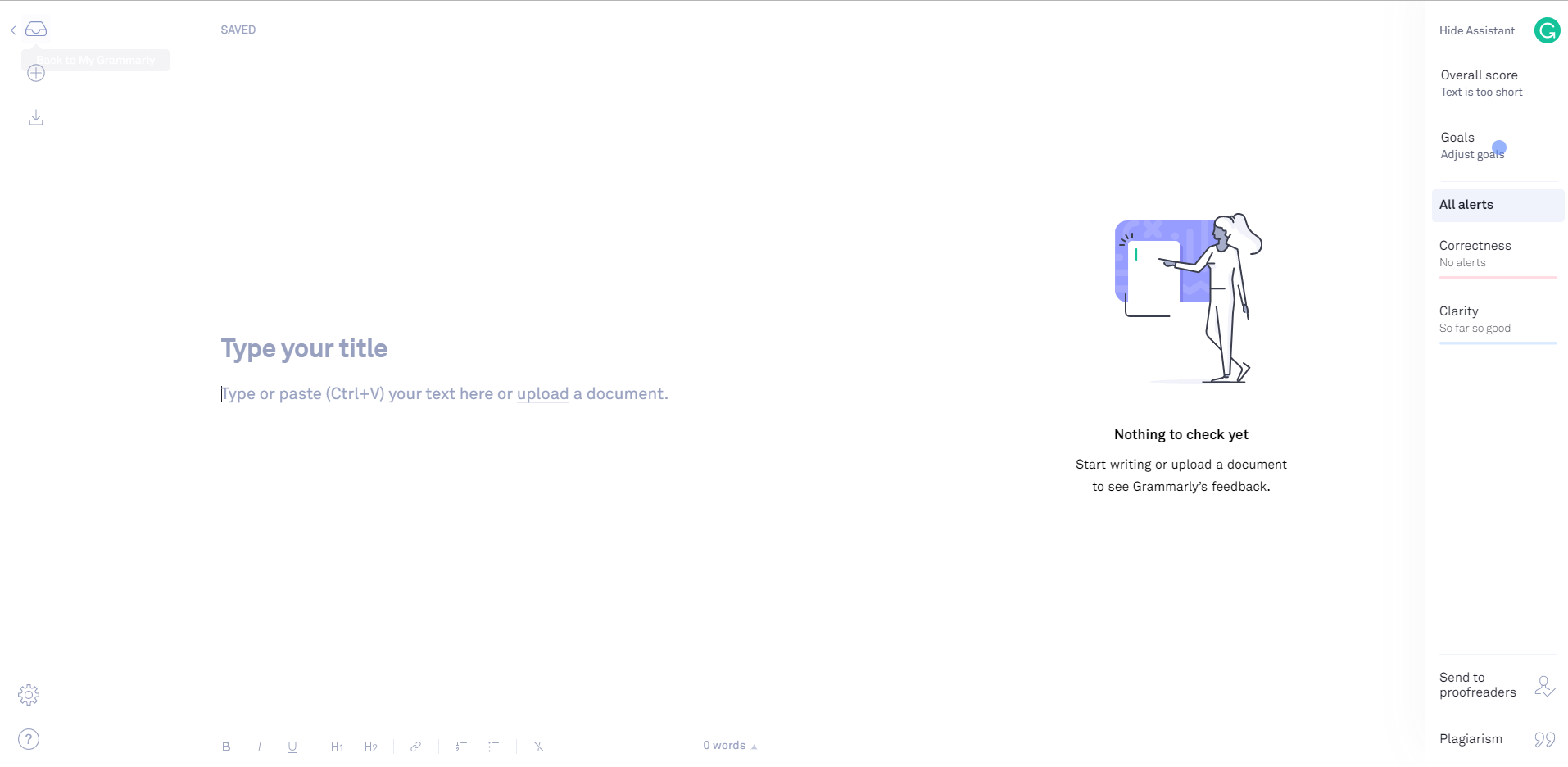A Content Marketer’s Guide To Cinemagraphs
First thing’s first – what on earth is a cinemagraph?
Essentially, a cinemagraph is a still photograph with an element of seamless movement. When done correctly, a cinemagraph can really bring an image to life in a way that video or still imagery can’t.
What’s great about a cinemagraph is that you have total control over what part of the image to draw the viewers’ attention to. Remember, marketing is all about connecting with your buyer on an emotional level. What feeling are you trying to evoke in the viewer?
So, what’s the big deal? Well cinemagraphs may just be the content marketer’s not-so-new best friend.
Cinemagraphs have been around for a while, and probably arrived a little before their time. The Internet just wasn’t quite ready for this much visual content. Social Media wasn’t as sophisticated as it is now and people just didn’t know what they were looking at.
This meant that cinemagraphs dropped off the radar for a number of years, before finding a recent resurgence through increased accessibility and new found opportunities for marketers.
Now you know what a cinemagraph is, we’ve put together this short guide to explore their uses, limitations and opportunities for the content marketer.
Why Not Use Video Instead?
You could define a cinemagraph as a still image that contains added information - or as a video that contains less information. You get the ‘frozen moment of time’ element of a still image, injected with the texture and contextual elements of a video - but without the dynamics, audio and editing opportunities.
At this point, you’re probably thinking: “that sounds cool, but if cinemagraphs provide less, why can’t I just use video?”
You would never be able to contain as much information in a cinemagraph as you could in a video, so it’s important to understand the differences when planning your content and its purpose.
Video production can sometimes be unnecessary, so cinemagraphs are a fantastic opportunity for marketers to produce visually stunning content faster and potentially more effectively.
Where Can I Use Cinemagraphs?
Cinemagraphs used to and often still are produced as GIFs. You know, those garish animated sprites that were massive overused in the early stages of the Internet? But as GIF isn’t exactly the best for file sizes, many marketers are now utilising HTML5 when using cinemagraphs online.
You just need to be aware of a few key things: file sizes and disruption. We’ll get onto file sizes later.
You can use cinemagraphs much the same as you would use still images for your content marketing efforts. Social media, landing page imagery, email marketing and potentially even display advertising.

Social Media
Social media is an absolutely perfect distribution platform for your cinemagraph content. All of the big social platforms support GIFs and most visual content is actually prioritised for ranking because of its effectiveness in gathering traction.
Content marketers only have single-figure seconds to capture the attention of their audience. The subtle disruptiveness of a cinemagraph can do just that.
Landing Pages
Before we talk about cinemagraphs again, what are the core fundamentals of an effective landing page?
A clear headline, short yet informative copy, a relevant accompanying image, a means of data capture, a call-to-action and plenty of white space.
Internet users often have their blinders on when viewing online content - with static imagery sometimes blending into the background and just acting as decoration.
A cinemagraph provides just enough disruption to draw attention but not to distract the visitor from committing their data and becoming a lead.
Email Marketing
The use of cinemagraphs in email marketing campaigns, on paper, sounds like a great idea. There’s even data to back it up, with Dell experiencing a 109% increase in conversions via an email marketing campaign that relied heavily on the use of animations.
However, there are so many compatibility and deliverability issues involved with sending animation-heavy emails that it isn’t really worth exploring anymore. Maybe we’ll have to explore this topic again in the future…
Display Ads
Finally and potentially most importantly, is the use of cinemagraphs for display ads.
Facebook has long suggested that it would be introducing cinemagraphs as a new ad format. Though, at the time of writing, this hasn’t yet come to fruition.
However, there are other opportunities within Facebook - such as Canvas ads and taking advantage of autoplay videos and looping features. If you're reading this on a mobile device, take a look at how Renault incorporated cinemagraphs so effectively in a Facebook Canvas ad campaign last year.
We might be looking at the next biggest advertising format with cinemagraphs…
If you haven’t yet explored Facebook Canvas ads, make sure to stick around, as we’ll be producing a guide on the subject very soon!
How Do I Create A Cinemagraph?
Cinemagraphs, as a concept, are very simple. Although executing them effectively is a whole other story.
An analogy would be to imagine two identical paintings placed on top of each other. The painting on top has a hole cut in it. As the painting underneath is moved, it creates the illusion that part of the top painting is moving independently from the rest of the image.
The same goes with a cinemagraph - with the added freedom of digitally looping the movement to create a seamless effect.
A full explanation would require its own blog and accompanying tutorial video (which I endeavour to produce for you), though a quick Google search will provide you with plenty of excellent tutorials on how to create your own using Photoshop.
It’s worth investing in a professional to create these for you, as they do require some savvy camera skills and a very good working knowledge of Photoshop.
Will Cinemagraphs Affect My Load Speed?
Yes.
As you’re probably aware, video files are very bandwidth hungry. Cinemagraphs are no different. You’ll never be able to make your cinemagraph look as good as a static image at the same file size, as the added dynamic element just won’t allow it.
You will always be making a compromise between quality and file size - particularly for large banners on websites. It’s just finding that perfect middle ground of acceptable quality and acceptable load speeds.
Fortunately, the use of videos with HTML5 has dramatically brought down the file sizes compared with GIFs - though these are still incomparable with static images (and we even warn our clients about those being too big!)
Final Thoughts
As with any content, you need to create it for a reason. Buyers can smell BS a mile away and know when something has been hashed together, just for the sake of it.
That doesn’t mean you shouldn’t consider cinemagraphs as a potential content type.
When it feels right, it probably is right. Just make sure you understand why you’re creating it.
If you would like to learn more about the potential opportunities with cinemagraphs and other content marketing techniques, book your placeat our next Marketing Leaders Lunch.



